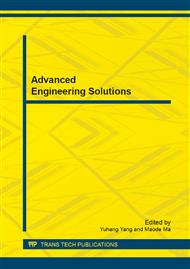p.878
p.882
p.889
p.897
p.901
p.904
p.908
p.911
p.915
Performance Prediction Using Fuzzy Mapping and Artificial Neural Network
Abstract:
This paper presents a fuzzy neural network model combining fuzzy mapping and artificial neural network for the prediction of sports results. The model for predicting track & field results of each individual event at the 27th Olympic Games is established. Through modeling and comparative validation it is shown that since 1950s the modeling of track & field results according to the sequence of number reflects the basic trends of the track & field result development with good precision.
Info:
Periodical:
Pages:
901-903
Citation:
Online since:
July 2014
Authors:
Price:
Сopyright:
© 2014 Trans Tech Publications Ltd. All Rights Reserved
Share:
Citation:


